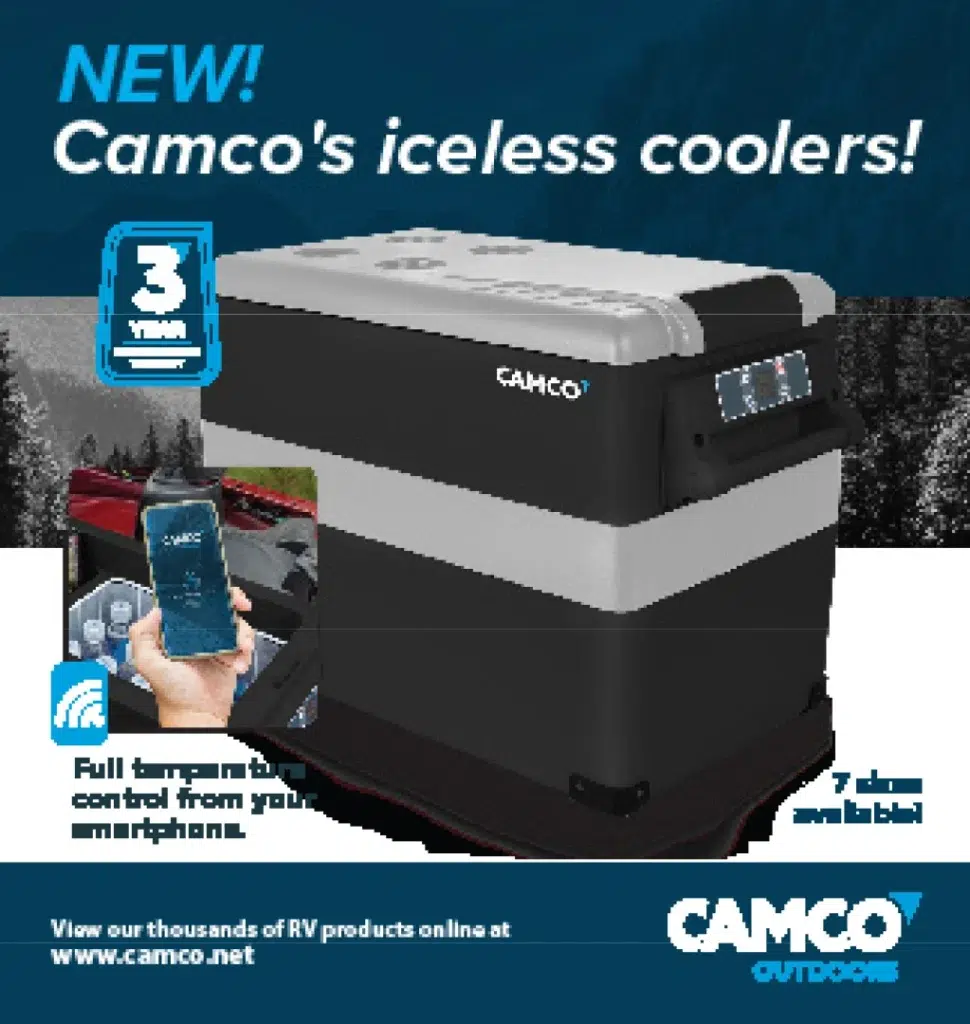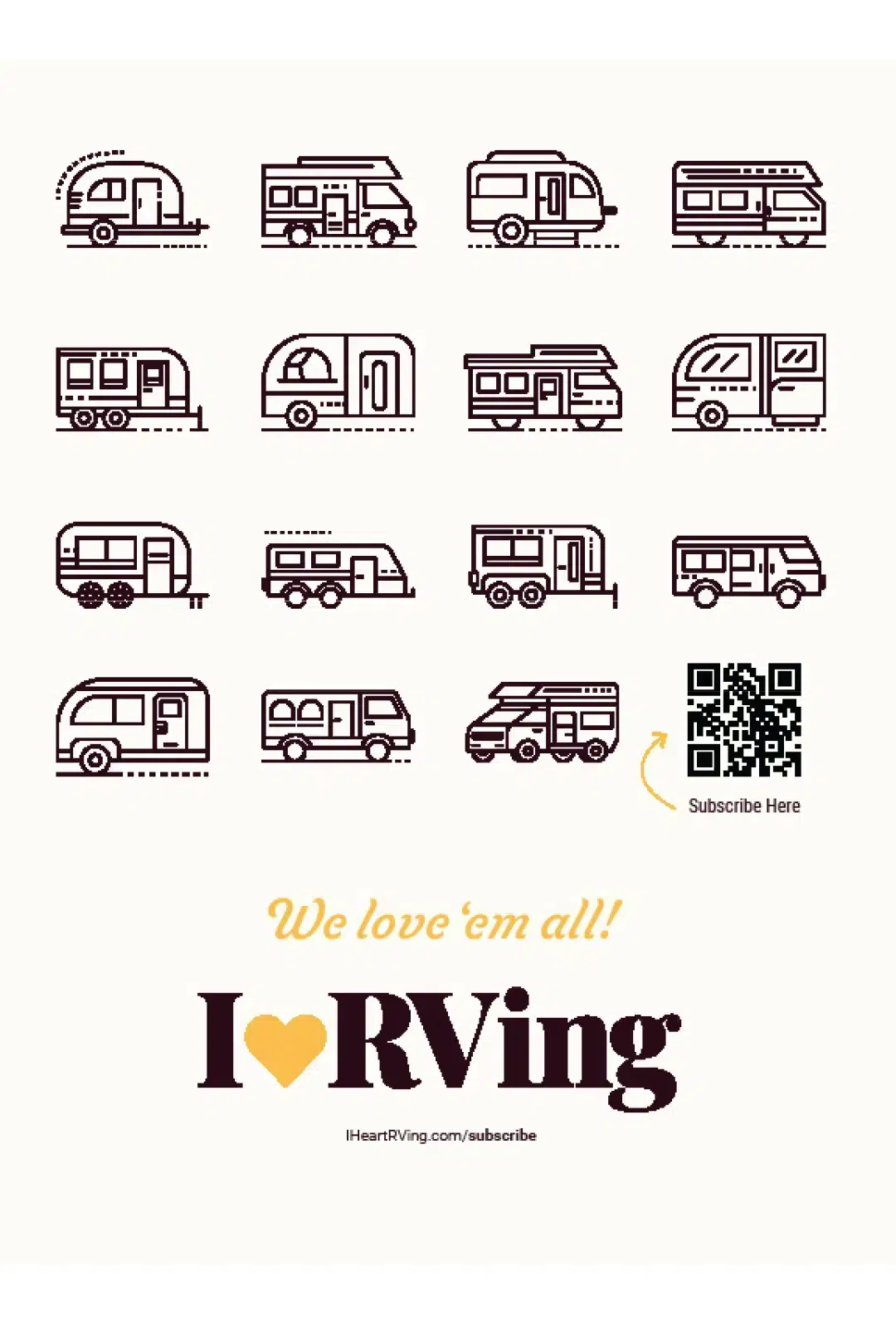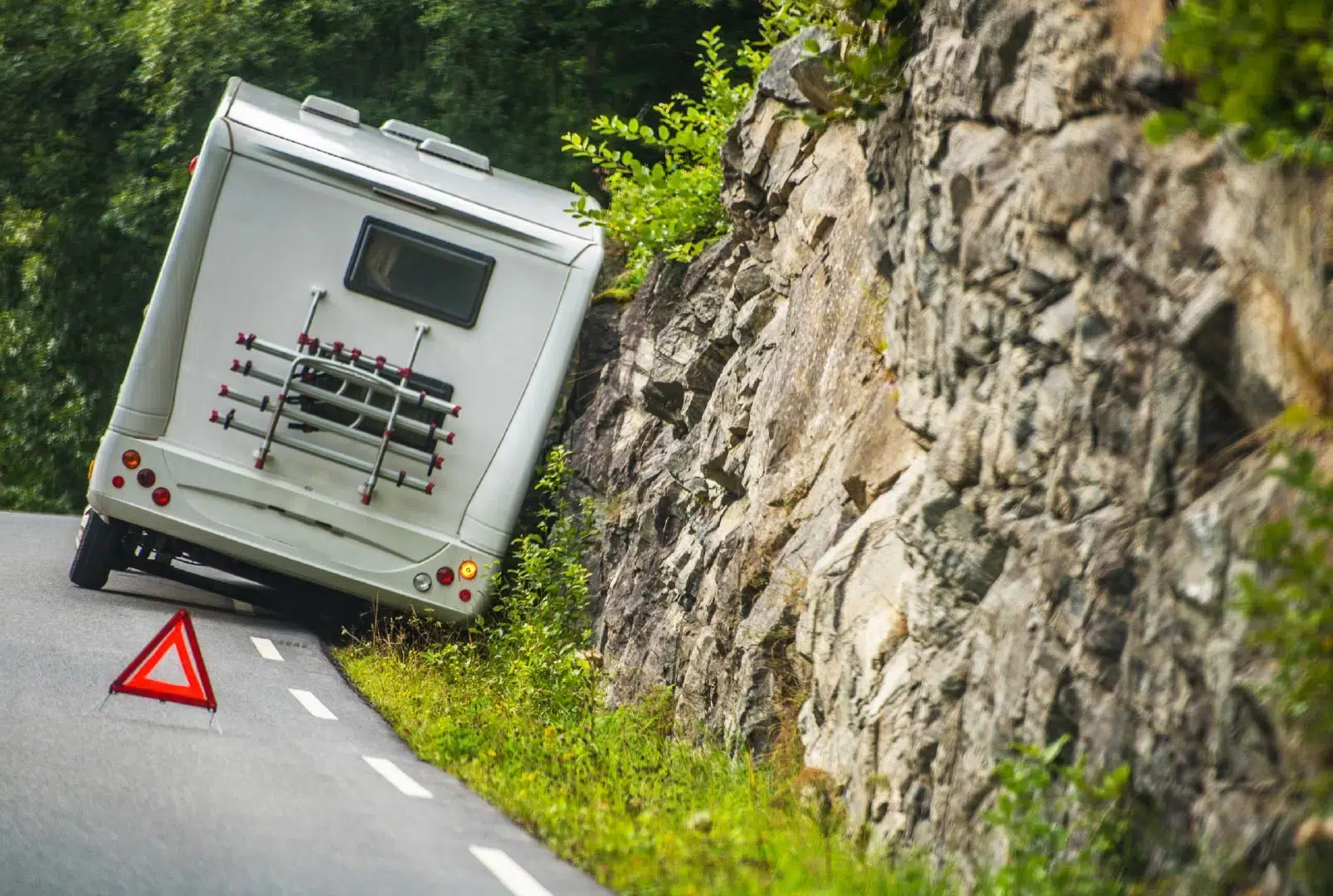
Towing with a motorhome on steep mountain grades can be tricky. Get coached up for the challenge
Mountain roads can lead you to some knockout vistas. But getting up, down, and around the mountain, while towing can be a unique challenge for motorhomes. The claustrophobic turns, steep grades, and slimmer margins can make travel feel tight—and, on occasion, amp up your pucker factor. But before you head up—or down—the mountain, make sure your RV and your braking skills are equipped for the task.
Beef Up Your Braking System
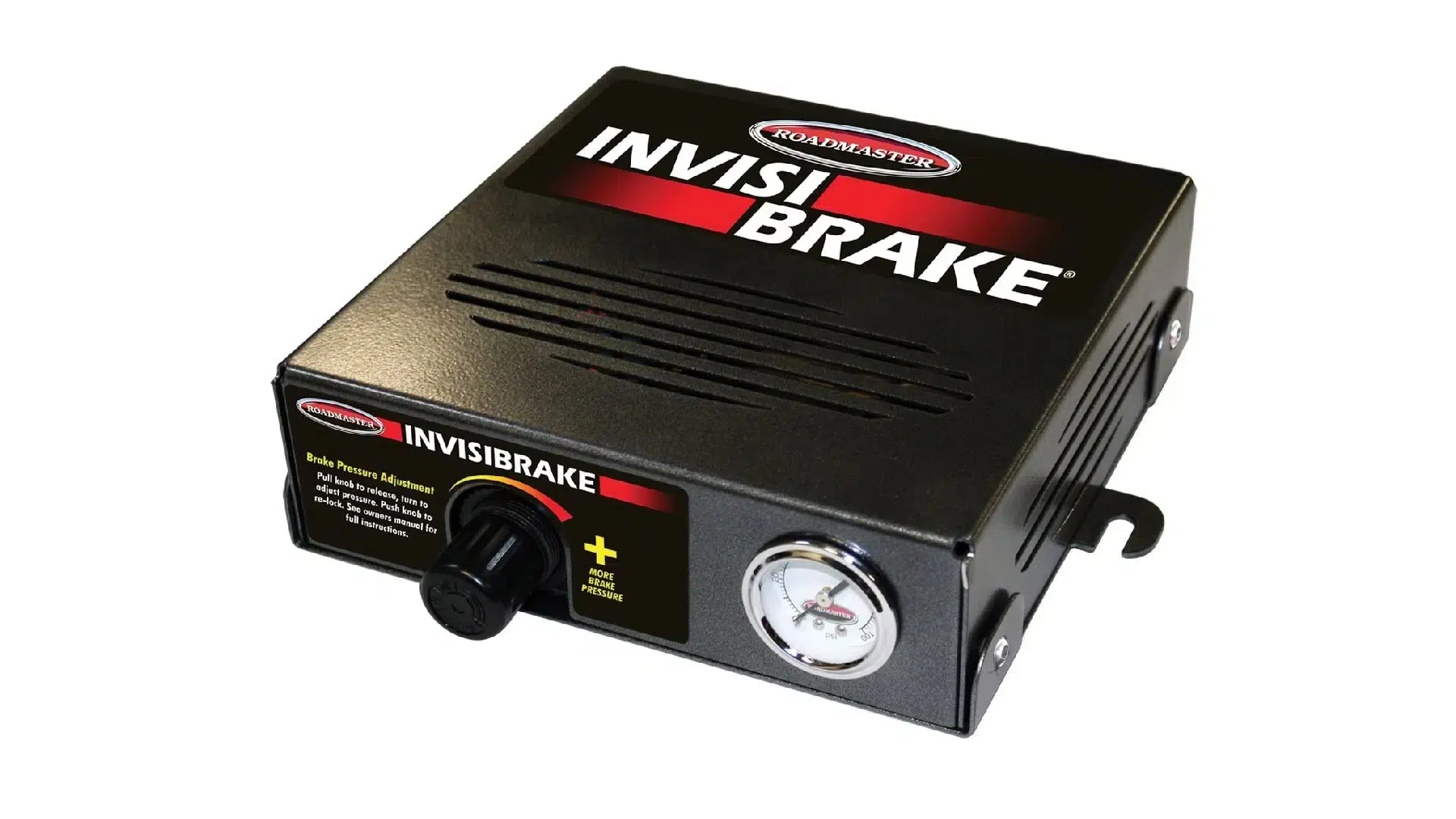
Any time you are towing a vehicle behind a motorhome, you MUST have an auxiliary braking system. (Not only for safety reasons. It’s the law in 49 U.S. states and every province in Canada.) A dinghy braking system helps take the burden of the motorhome’s brake system, especially when going down steep grades. (Some Photo by Virrage Images/Shutterstock.com TIRE PROTECTION PEACE OF MIND Over the last 10 years, TireMinder has achieved more awards than any other TPMS brand in the RV Industry. For those looking for the best product, there is only one choice – TireMinder. When it comes to your safety, travel with peace of mind using the industry’s leading TPMS. TireMinder A1AS WHEN IT’S JUST YOU AND THE ROAD YOU NEED A TPMS The Most Trusted TPMS in the RV Industry Since 2007 (772) 463-6522 www.TireMinder.com I RVING:: FALL 2021 41 exceed 18 percent.) Here, you have two options: either permanent or portable brake systems. Once installed, you simply plug the vehicle into the motorhome, and its brake system will activate proportionally to the motorhome.

At times your dinghy’s brakes may remain applied if something goes wrong. Wireless monitors keep you informed of any braking activity in your towed vehicle. Which means you can stop and prevent your brakes from being fried—or your tires possibly shredded. Kits can include features that alert you to extended braking, break-away, low battery, and other alarms. On a mountain road, you want to know early.
Time Your Tactics for the Descent
For diesel-powered motorhomes with an exhaust or engine brake, activate it BEFORE descending a hill, not after, when you realize the vehicle is picking up speed and have to constantly apply the brakes. For gas-powered motorhomes, it’s a good idea to downshift out of overdrive into fourth or third gear of the transmission to let the engine braking keep the speed down. If you need to apply the brakes, this should be done a few seconds at a time to allow the brakes to cool between each application. (Keeping your foot on the brake all the way down the grade can cause them to heat excessively, which can cause brake fade.) Brake for a few seconds, release for a few seconds, then reapply.
Smooth Out Sway and Steering
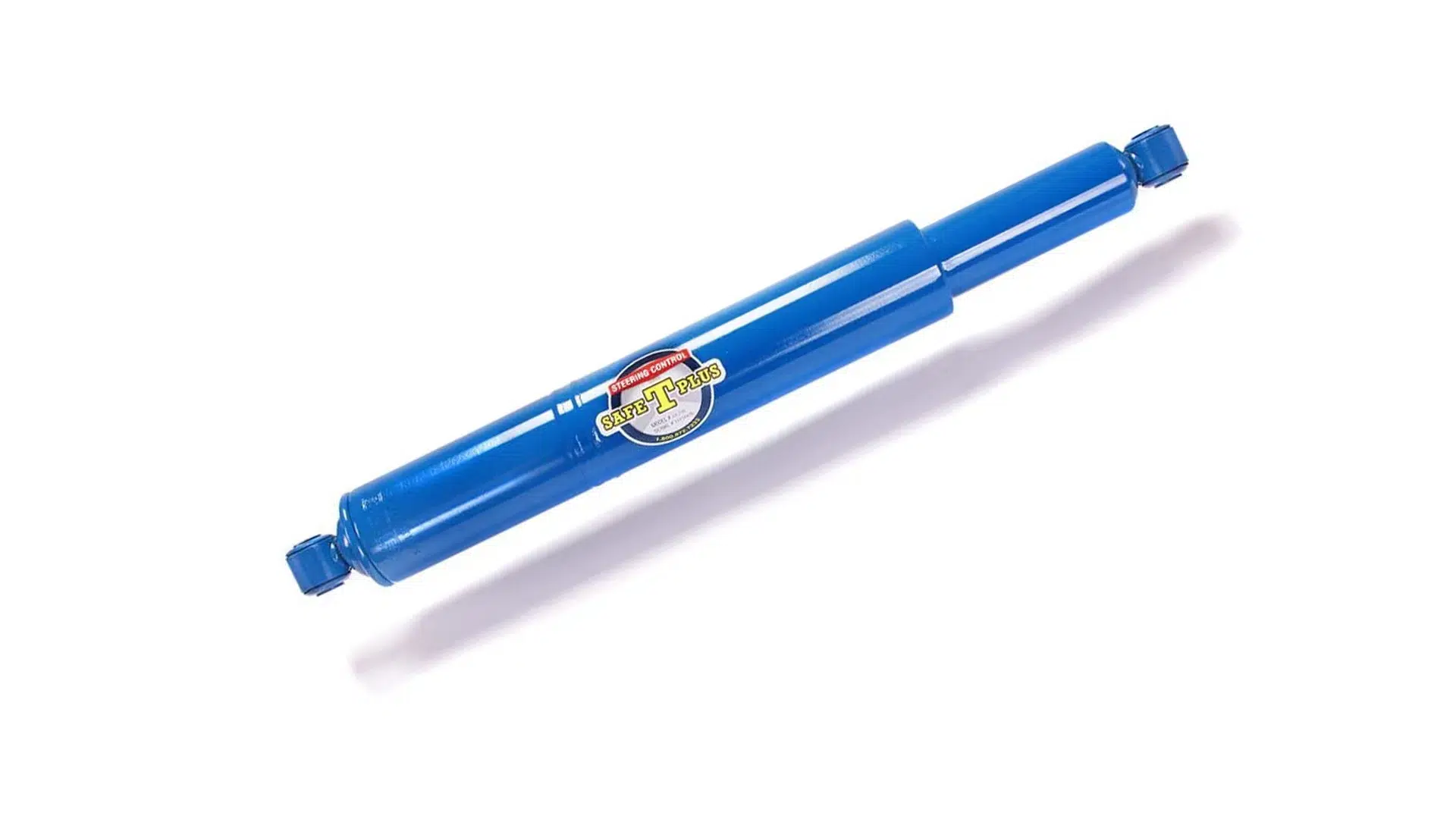
The idea of driving a coach in mountains can be nerve-wracking, especially if you feel your coach leans or sways too much around corners. Roadmaster and Hellwig offer anti-sway bar kits that help with sway considerably and are designed for bolt-in installation with no welding required. Mountain driving can also mean strong side winds, or bow waves from passing 18-wheelers. Steering stabilizers can help keep your steering on center—improving your stability and confidence, while reducing your fatigue.
Most of all, remember this: Don’t let other drivers rush you outside your comfort zone. You can always get in the slow lane and turn on your flashers if you need to go below the speed limit. It’s your motorhome and vehicle. And your safety should be the primary concern. No need to stress. Just think of it as more road time with an incredible view.
